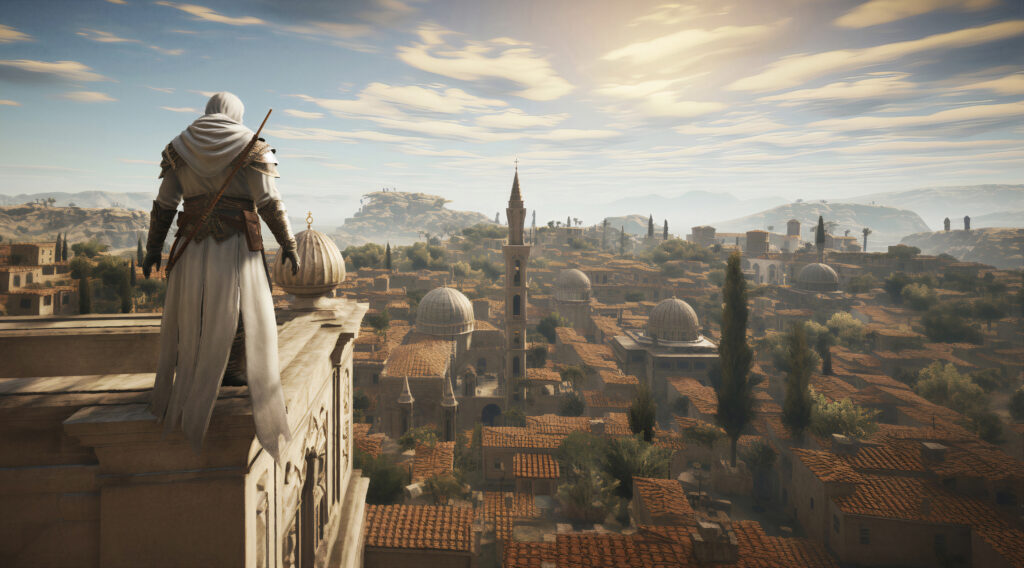The Armenia–Iran border may only stretch 44 kilometers, but its impact is far greater than its size. This frontier gives Armenia its only open land route to the Middle East, while providing Iran with a reliable connection to the South Caucasus. In a region marked by shifting alliances and tense politics, this small border carries enormous economic, political, and cultural weight.
Historical Roots of the Armenia–Iran Border
The present-day Armenia–Iran border was formed in the early 19th century after the Russo-Persian wars. Treaties such as Gulistan (1813) and Turkmenchay (1828) divided lands between the Russian Empire and Persia, leaving Eastern Armenia under Russian control while Iran kept its southern territories.
During the Soviet era, this border was heavily guarded and civilian movement was limited. Yet, cultural and religious ties between Armenians and Iranians endured. When Armenia became independent in 1991, the border reopened, reviving trade routes and diplomatic relations that had been frozen for decades.
Geopolitical Significance Today
The Armenia–Iran border is a strategic lifeline. With Armenia’s borders with Turkey and Azerbaijan closed, Iran provides Yerevan with access to regional and global markets. For Tehran, cooperation with Armenia offers stability and a channel to Europe via Georgia.
This border is also central to regional balance. Iran has opposed any attempt to redraw boundaries in the South Caucasus, particularly Azerbaijan’s push for a direct land corridor to Nakhchivan. Military drills near the border have shown that Iran considers the frontier’s status a vital national interest.
Trade and Energy Cooperation
The Meghri crossing on the Armenia–Iran border is the main gateway for bilateral trade. Goods ranging from construction materials to agricultural products move regularly through this route. Armenia imports natural gas from Iran under a barter deal, exchanging it for electricity — a partnership that helps both nations bypass outside pressures.
Plans are underway to modernize transport links and build new transmission lines. These projects could integrate the border into wider Eurasian networks, giving Armenia a stronger economic position and Iran a bridge to markets beyond its immediate neighborhood.
Security and Border Management
Unlike Armenia’s tense frontiers with Azerbaijan, the Armenia–Iran border is calm and well-managed. Armenian and Iranian authorities cooperate to control smuggling and illegal crossings, with Russian border guards still assisting as part of Armenia’s security arrangements.
Both nations value stability here. The peaceful nature of the border has allowed trade and travel to grow without the constant threat of conflict, making it a rare zone of cooperation in an otherwise volatile region.
Meghri Free Economic Zone
One of the most promising developments is the Meghri Free Economic Zone (FEZ), launched in 2017. Located right at the border, it offers tax breaks and simplified regulations to encourage investment.
The FEZ could become a gateway for Iranian goods into Armenia and the Eurasian Economic Union, while also giving Armenian firms access to Iran’s markets. Though still developing, it reflects how both governments want to transform this border from a checkpoint into a hub of commerce.
Cultural and Human Connections
The Armenia–Iran border is not just about politics and trade. For centuries, Armenians and Iranians have shared deep cultural and religious ties. Iran hosts a historic Armenian community, complete with schools, churches, and cultural centers.
Travelers, students, and pilgrims cross this border regularly. Armenians visit sacred monasteries in northern Iran, while Iranians travel to Armenia for tourism and business. These human links add a softer dimension to a border that also carries heavy geopolitical significance.
Future Outlook for the Armenia–Iran Border
Looking ahead, the Armenia–Iran border could gain even greater importance. Armenia is promoting its “Crossroads of Peace” initiative, while Iran is deepening ties with Eurasian partners despite sanctions. If new transport corridors, pipelines, and highways are built, this small frontier could become a vital artery for trade across Asia and Europe.
However, challenges remain. Regional conflicts, external pressures on Iran, and the risk of border realignment could disrupt progress. Continued diplomacy and investment will be essential to keep this lifeline open and secure.

Conclusion
The Armenia–Iran border may be short in distance, but it is long on strategic value. For Armenia, it is a gateway to energy, trade, and diplomatic engagement. For Iran, it is a reliable connection to the South Caucasus and a tool to resist regional isolation. From the peaceful Meghri crossing to future infrastructure plans, this frontier is both a symbol of cooperation and a critical geopolitical anchor in a region that rarely stands still.
FAQs
1. How long is the Armenia–Iran border?
It measures about 44 kilometers along the Aras River.
2. What is the main crossing point?
The Meghri checkpoint handles most trade and passenger traffic.
3. Why is the border strategically important?
It is Armenia’s only open route to the Middle East and Iran’s link to the South Caucasus.
4. What is traded across the border?
Construction goods, farm products, textiles, machinery, and energy resources.
5. What is the Meghri Free Economic Zone?
A special zone at the border that offers tax incentives to boost trade and investment.
Read Also : Time Change Spring 2025: Everything You Need to Know

